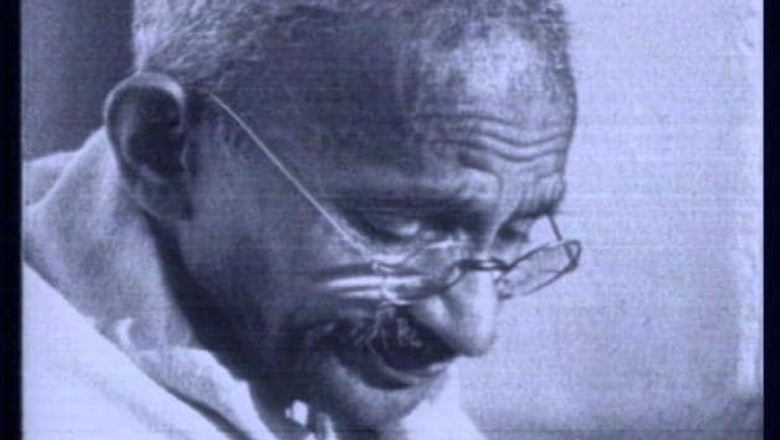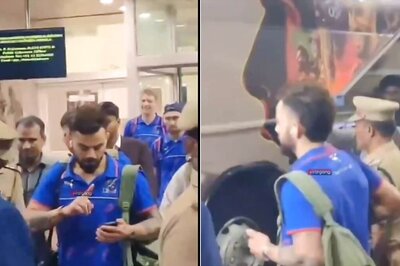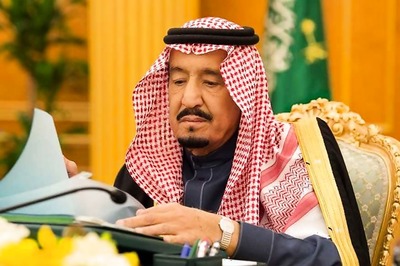
views
New Delhi: A documentary on Mahatma Gandhi containing "rarest of the rare" video footage, including Bapu's first interview to a foreign journalist, has been digitised and will be available for public viewing soon.
"Mahatma Gandhi, 20th Century Prophet", an 1941 documentary made by travelogue writer and journalist A K Chettiar has been digitised with the help of the National Gandhi Museum.
The Museum plans to screen the 81-minute long film across various media platforms.
"The film first screened on August 15 1947 reportedly went "untraceable" in 1959," says A Annamalai, Director National Gandhi Museum.
The film, however was available in its original 15-MM format at a few places but could not be screened often because technical specifications had became outdated says Annamalai.
Chettiar had travelled more than one lakh kilometres within India and across countries to collect all the video archives and pictures of Gandhi to create the original documentary. The effort took him over three years.
The documentary was first screened as a film, with due permissions by the Censor Board in 1940 at Chennai's Roxy theatre with voice overs in Tamil. It was later dubbed into Telugu and subsequently in Hindi.
The documentary was also screened on August 15, 1947 in New Delhi which was attended by country's first president Rajendra Prasad.
"Former Prime Minister Indira Gandhi too attended the screening as her father and then Prime Minister Nehru could not make it to the event," says Annamalai.
Later, Chettiar got the film dubbed into English also and took it to the US where it was screened at San Francisco on February 10, 1953.
Attended by the then US president Dwight David Eisenhower, and his wife Mamie Geneva Doud the film's screening was also his first public function.
Chettiar made 16-mm films of the documentary, which he then distributed to some museums in 1959.
"With advent of time, there were were updates to projectors and newer specifications like 35 mm and so on. So original copies became redundant and went untraceable," says Annamalai.
The film has now been completely restored, its colour has been corrected, dust and scratches removed and sound improved.
"It now looks like a new film," says the NGM director.
"Moreover the film is now available in 2K resolution which means the pixel quality is so fine that it could also be played in cinema halls and theaters and can also be broadcast on television," says Annamalai.



















Comments
0 comment